An Unusual Venetian Shield above an Extraordinary Door.
Contributed by Hugh Eveleigh
For anyone interested in heraldry Venice is well worth a visit in that Achievements of Arms and heraldic and quasi-heraldic symbols are everywhere apparent. Binoculars help considerably as it is not always possible to get close enough to read them properly.
For all its obvious variety, somehow the majority of examples retain what might be called restraint. Heraldry and its use by Venetian noble families mirrors the myth of Venetian civil restraint which patrician leaders of the republic were expected to follow. The government stipulated in numerous laws that nothing was to be ostentatious be it in one’s manner, dress, household, or action but in practice of course there were many examples of excess and this short post shows a legitimate armorial bearing which for a Venetian suggested excess beyond the generally acceptable.


Barbaro

Bembo
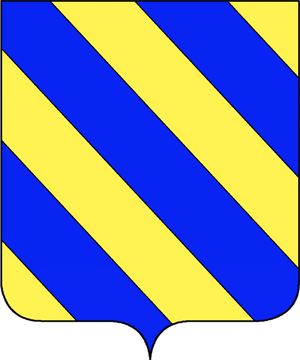
Contarini
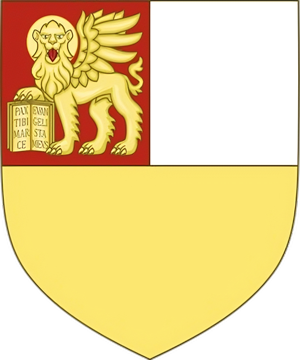
Foscari
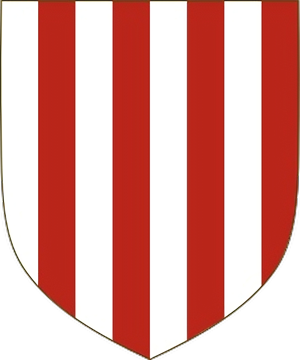
Grimani

Gritti
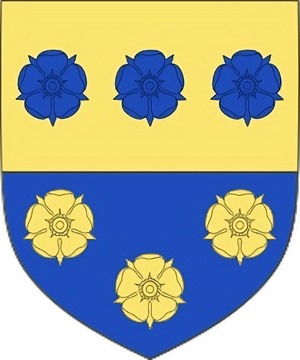
Loreda
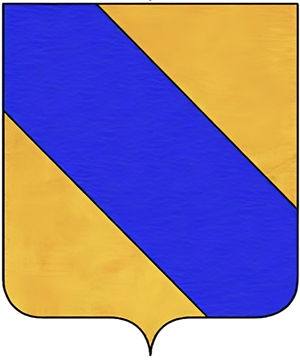
Morosini
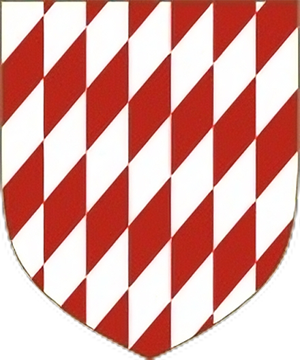
Salamon
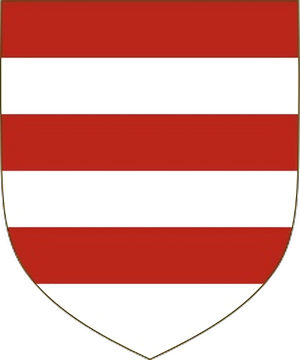
Venier
Venice and its Empire existed for c.1000 years and collapsed in 1797. It was a gerontocracy with a governance midway between monarchy and republic. It had an elected Sovereign for life (the Doge) and a vibrantly efficient civil service complementing government which was carried out by the patrician class – c.6% of the population. Approximately 40 families dominated the government from the C9 to the C18. They all assumed heraldic arms. The Citizen class, (c.4%), next below the Patrician, were unable to vote but did fill most of the administrative jobs. C.90% of the people had nothing to do with government at all. The fact that c.94% of the people were unable to participate in active government but were not unduly concerned about the inability to do so was quite an achievement for those few in control. Some of these patrician families and their shields are shown opposite and will give you a broad idea of the general nature of Venetian heraldry. Straight forward, few quarterings and rather mediaeval in design.
The Van Axel Castelli Coat of Arms
In 1665 the Van Axel family from the Netherlands applied for patrician status by payment and whilst the process was underway acquired the now named Palazzo Soranzo van Axel. (It is usual when referring to Venetian palazzi to name the original owner first and what follows is either the last known private owner or the current incumbent.) The family had carved in stone their Achievement in the traditional position above the entrance but in this case above one of the land, as opposed to water, entrances. It sits centrally in the tympanum surrounded by four paterae (roundels) of what appear to be antica verde marble.
What is extraordinary from a Venetian point of view is the number of quarterings – 4 Grand with both 1&4 and 2&3 Grand quarters repeated. Four quarters each of four quarters – 16 in total with an escutcheon overall. Grand quarters 1&4 show the arms of Van Axel, while 2&3 display those of Castelli. The significance of the central inescutcheon, plain with a single chevron, is obscure. It is interesting to note, however, that a similar shield, with different tinctures, is listed for Van Axel in Flanders. Such a display was highly unusual and virtually unknown. I suspect a few Venetian patricians wondered why such exuberant repetition was needed. Admittedly the Van Axel shield was not Venetian (Netherlands) and it shows just how different countries have often different systems or at least emphases. Studying European heraldry can prove interesting when one compares it to that of England or different again, Scotland.
And Now to the Door Itself
It is apparently the oldest surviving external wooden door of a dwelling in Venice and is in remarkably good condition. You will see that it has a small hatch openable from within so as to identify callers but what cannot be clearly seen in the photo, a bell pull and knocker on the right. As a summation of this delightful palazzo with its two land and water entrances, two internal courtyards and two external staircases this doorway fascinates. Heraldry, architecture, ancient door … The palazzo has been very recently restored and is open from time to time for exhibitions and if you are near the Church of the Miracoli in the furthest SE of Cannaregio near the Castello border, do look for it.
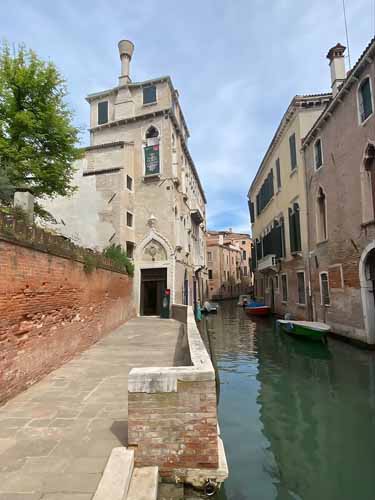
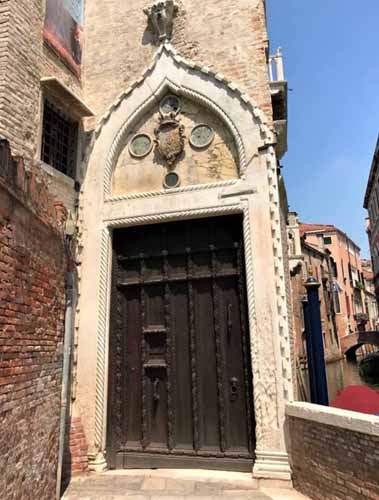
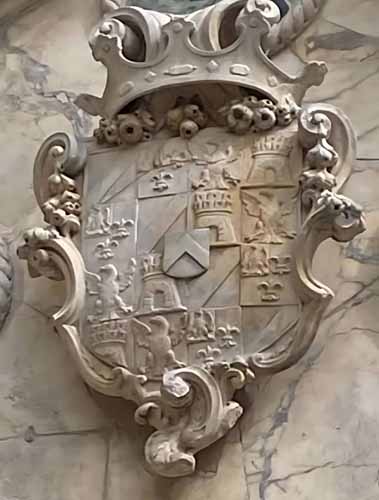
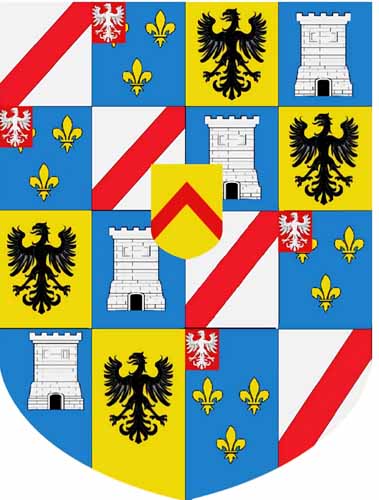
Leave A Comment